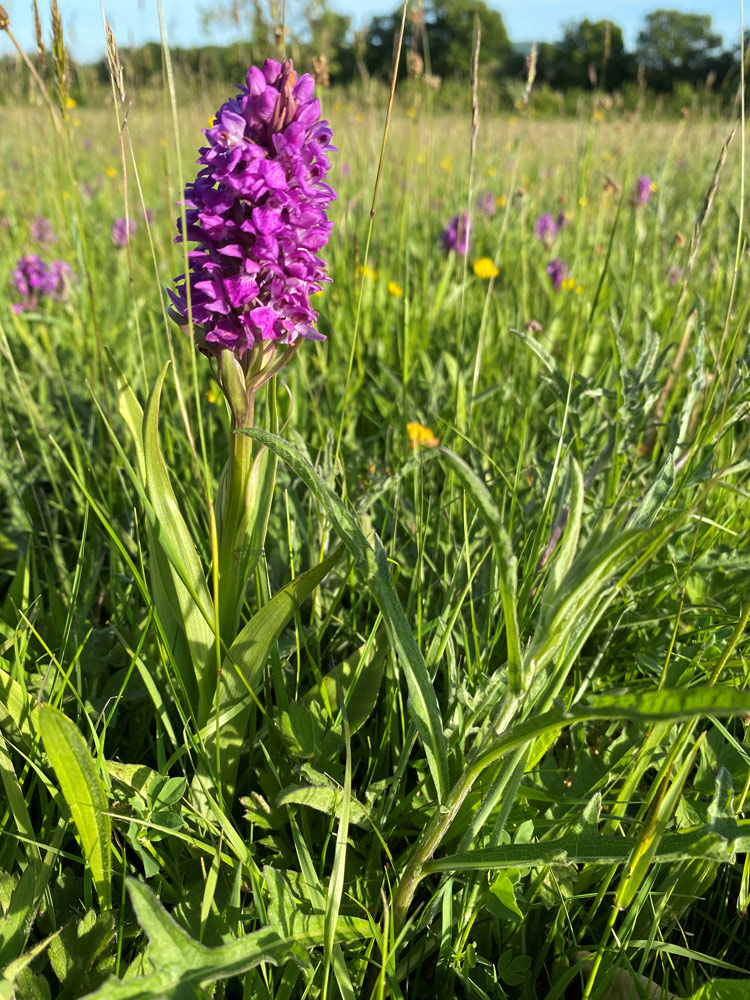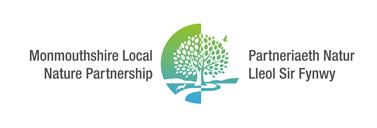Nature in Newport
The Newport Local Nature Partnership has been formed to deliver an group that operates across the two local authority areas to share best practice and resources to maximise benefits for people and wildlife.

About
Whilst Monmouthshire and Newport are very different Authorities they do also have many common habitats, species and socio economic factors that shape their natural habitats and ecosystem resilience. Many people consider Newport to be an urban authority, with its industrial heritage, docks and heavily populated centre. However, 75% of the authority is in fact countryside, and many of the most important ecological features are shared with Monmouthshire, such as the Gwent Levels, River Usk and Wentwood.
Newport has hosted a long running and successful biodiversity partnership for many years, by building on this success and combining in to a joint partnership across Monmouthshire and Newport enables the partnership to share knowledge and combine resources to deliver on a landscape scale and maximise benefits for biodiversity. The partnership coordinators are hosted by Monmouthshire and Newport County Councils.

Our Aims
Protect and enhance existing semi-natural habitats across Monmouthshire and Newport, and where suitable create new semi-natural habitats
Identify species that are locally important and actions required to protect them
Increase awareness of local wildlife and ways people can access nature encouraging involvement in conservation
Influence conservation management activities, share knowledge and provide advice on best practice
How are we going to achieve it
Support partnership working between organisations or individuals to maximise benefits
Collate information on habitats and species that are of key significance for conservation in Monmouthshire and Newport
Support and develop projects that contribute to the aims of the LNP
Provide advice on policy and contribute to the creation of the local Nature Recovery Action Plan
Key contact
Lucy Arnold-Matthews - Biodiversity and Education Officer
LNP Support Co-ordinator
Phone: 01633 210559
Email: Lucy.Arnold-Matthews@newport.gov.uk
- Join our mailing list for volunteering opportunities and local nature news
- Become a member of a local nature conservation group, such as Gwent Wildlife Trust or Monmouthshire Meadows
- Join a “Friends of” group for a local park or wildlife site, get in touch to see what is near to you
- Encourage wildlife in your gardens, Lucy has provided some tips on YouTube to get you started
- Support management changes in your local area by commenting on the positive changes you see
Seen Something Interesting?
Casual sightings of just about any wildlife can be valuable if you record and report them. A simple way to do this is using SEWBReC on-line recording system or by downloading the LERC Wales App to your mobile device.
Records help to save wildlife and wildlife habitats that make up our shared ecosystem.
You may also be interested in viewing records for your area on the Aderyn site.
Here is a selection of some of the sites where you can see nature in Monmouthshire and Newport:
Allt-yr-yn Nature Reserve, Newport - Allt-yr-yn, or ‘hillside of ash trees’, supports ancient woodland and meadows. The woodland is home to nearly 50 different species of bird, and 7 mammal species have been recorded on the reserve, along with newts, frogs and grass snakes. The three ponds in the reserve are known to be used by kingfishers, and at dusk bats use them to hunt for insects above the surface.
Castle Meadows, Abergavenny – In the centre of Abergavenny, the meadows alongside the River Usk are managed following traditional floodplain meadow management. The fields are grown for hay followed by cattle grazing. The river offers a fantastic wildlife watching opportunities, with bats in the evening and screaming swifts in the summer.
Fourteen Locks, Rogerstone – The centre is situated at the top of a unique flight of 14 locks on the Monmouthshire and Brecon Canal. This part of canal is no longer operational, but offers a superb base for wildlife watching walks, as well as a fascinating insight in to the history of the site.
Goytre Hall Wood, near Abergavenny – A small beech woodland near the Monmouthshire and Brecon Canal which delights visitors with a carpet of bluebells in spring and beautiful autumn colours later in the year, is home to many bird species and can be used as the start of circular walk taking the canal to see more wildlife.
Rogiet Country Park, Rogiet – Reclaimed from an old railway sidings in the 1990s, the country park is now a fascinating mosaic of flower rich habitats which provide a wealth of habitat for invertebrates. Bee orchids and pyramidal orchids have been recorded here.
St Julian’s Park - St Julian’s Park Local Nature Reserve (LNR) is a large open space between Christchurch Road and Caerleon Road. The first known reference of the site as ‘The Park and St Julian’s Park’ dates back to 1583 when it was referred to as a medieval deer park. A thriving population of the rare scabious bee has been recently identified at this site
Monmouthshire and Newport are a valued member of the all-Wales Local Nature Partnership Network















